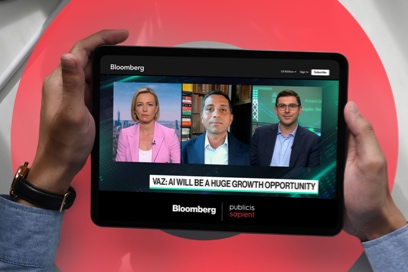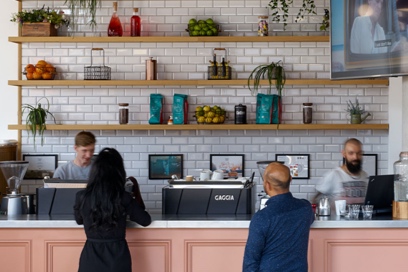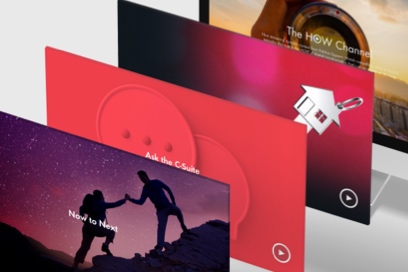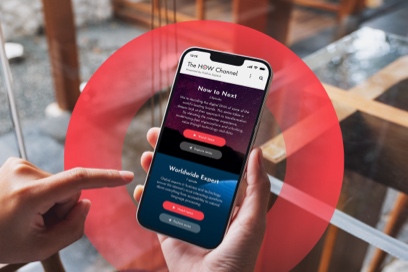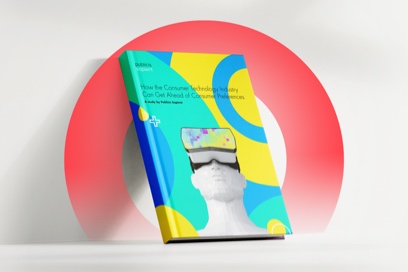Harvard Business Review examined 145 studies on the effects of constraints on creativity and innovation and found that individuals, teams and organizations are not successful despite them, but because of them. Individuals were found to be motivated by a challenge and more focused given a narrower path, which also prompted them to search for and connect information from different sources to generate new ideas.
Gehry’s effort is an example of superior innovation in engineering. In today’s digital environment, organizations must also adopt an engineering mindset to modernize legacy systems and build platforms and methods that enable them to adapt with speed and quality.
At Publicis Sapient, we’re no stranger to constraints — from budget and time to antiquated systems and fractured processes. Not to mention evolving customer demands, the most critical requirement our clients face. As the COVID-19 crisis and stay-at-home measures have hit individuals, organizations and economies hard, we’re prepared to lay the groundwork for growth. The road will be long, but we’re moving quickly to help our clients face these unprecedented challenges and spur creativity and innovation within their businesses.
